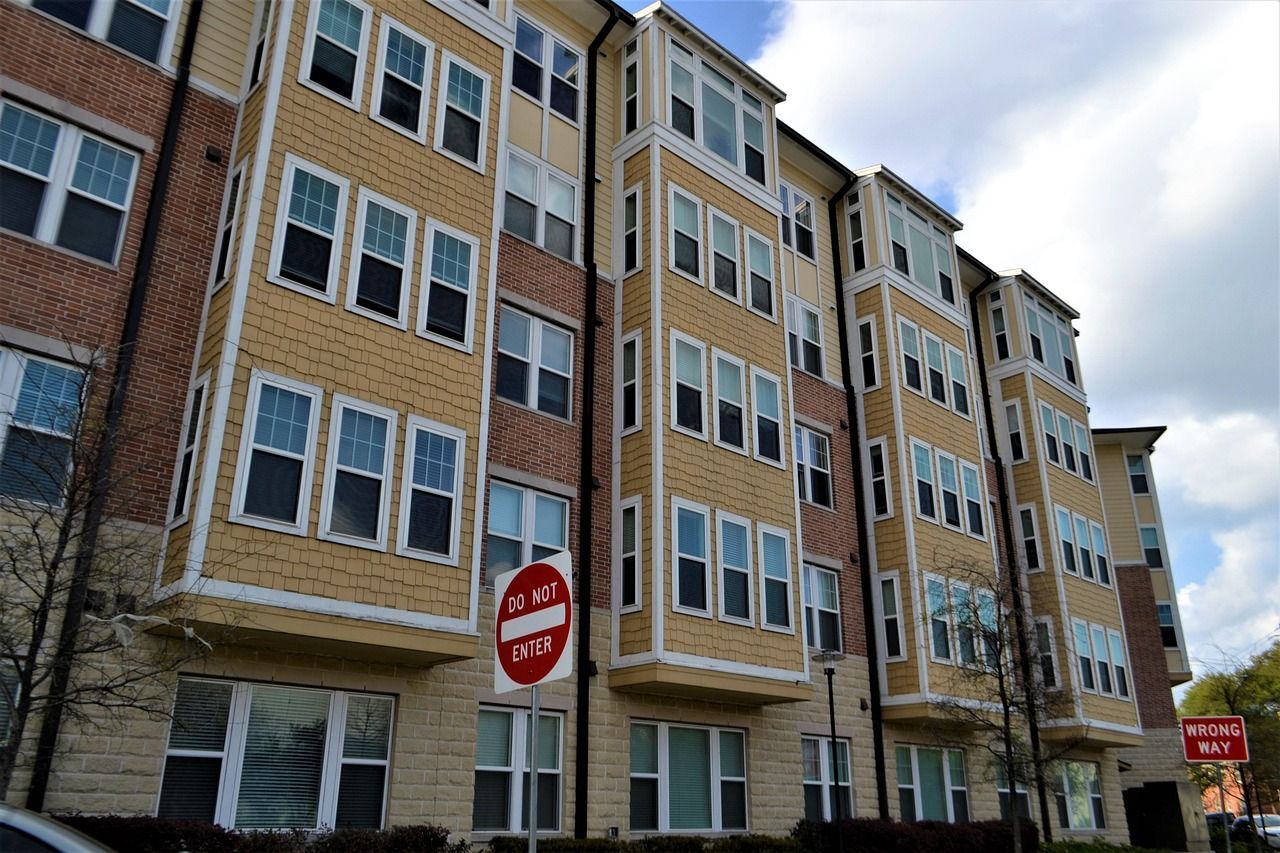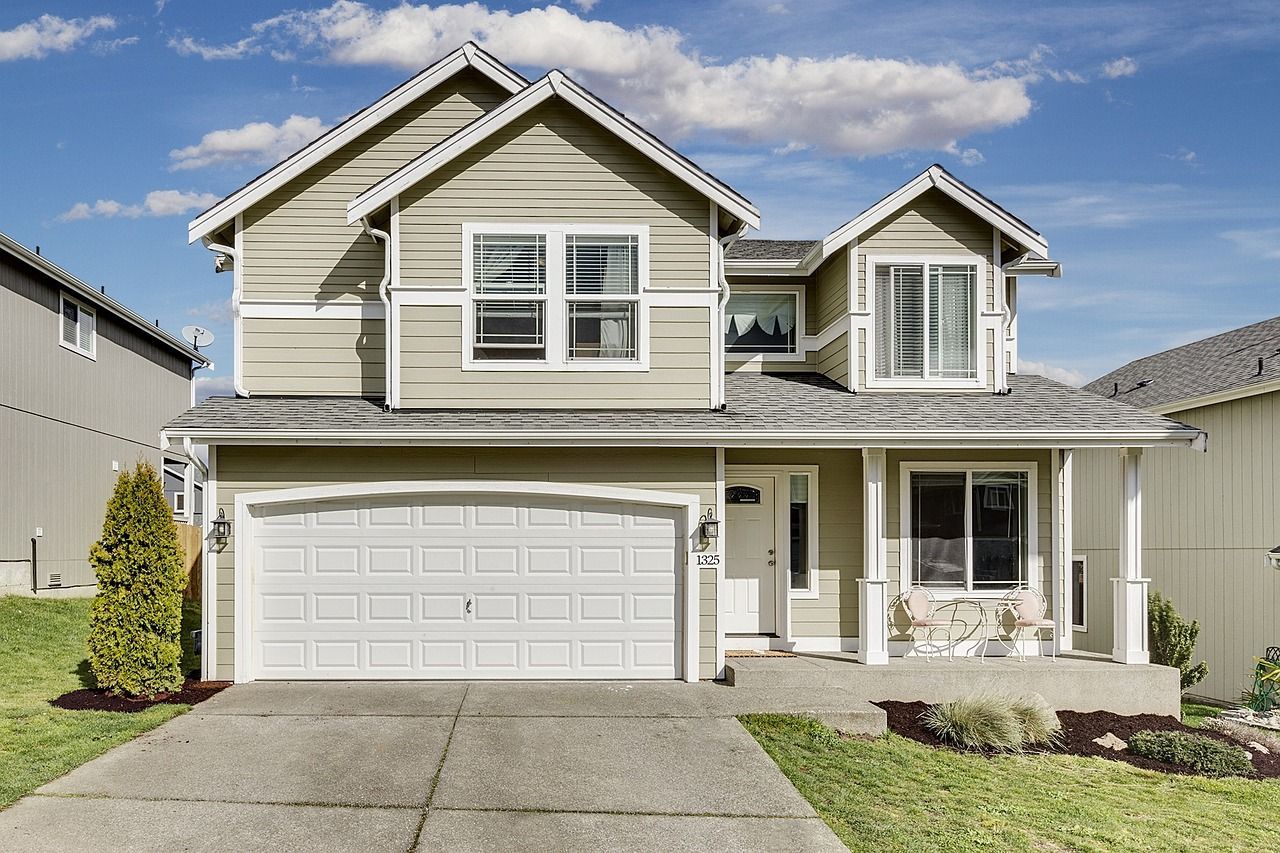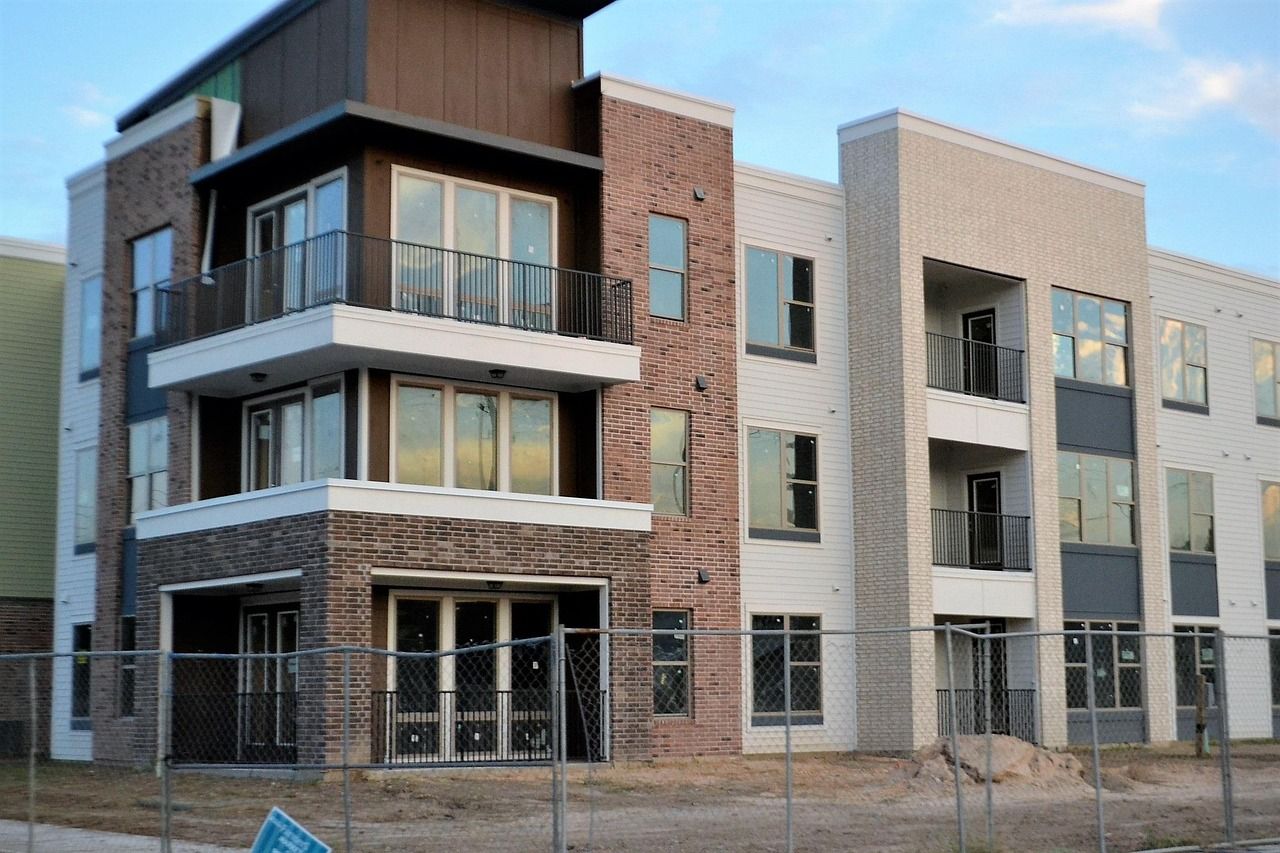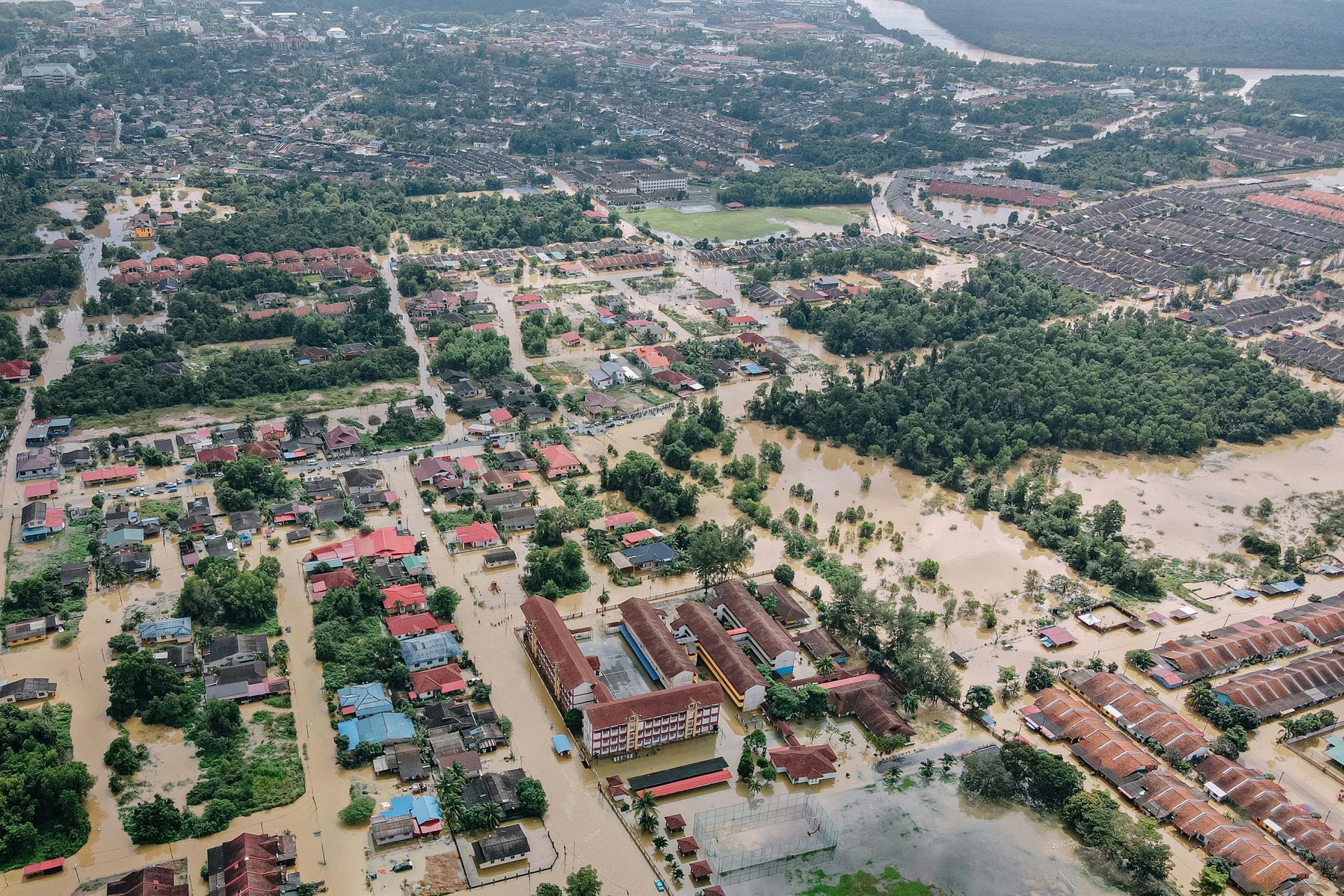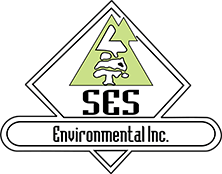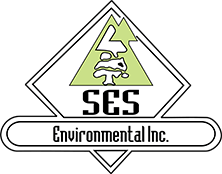Emergency Response Planning: Be Ready When Disaster Strikes
For Property Owners and Businesses in Atlanta • Los Angeles • Houston • Tampa
For Property Owners and Businesses in Atlanta • Los Angeles • Houston • Tampa
When disaster strikes, seconds matter — and preparation determines whether your business recovers quickly or faces devastating losses. From hurricanes and floods in Houston and Tampa, to storms and infrastructure failures in Atlanta, to wildfires and earthquakes in Los Angeles, every region faces its own environmental risks.
A strong Emergency Response Plan (ERP) gives your organization a clear roadmap to act fast, protect employees and assets, and restore operations safely.
🔍 What Is an Emergency Response Plan?
An Emergency Response Plan outlines the policies, procedures, and resources your business needs to respond effectively to unexpected emergencies — whether natural or man-made.
It helps answer critical questions like:
- Who takes charge when an emergency occurs?
- How will employees and tenants be notified or evacuated?
- What’s the process for contacting first responders, vendors, and insurance providers?
- How will you restore operations and document losses afterward?
🌪️ Why Every Business Needs an ERP
Emergency response planning isn’t just for hospitals or industrial facilities. Every property — office complex, retail center, warehouse, or multi-tenant building — should have a clear plan.
Here’s why it matters:
- Protects Lives and Property
Well-trained staff and clear communication save lives. Knowing evacuation routes, shelter-in-place protocols, and emergency contacts minimizes chaos. - Reduces Business Downtime
A good ERP prioritizes continuity — helping your business reopen faster and maintain client trust after a disaster. - Meets Regulatory and Insurance Requirements
Many local governments and insurers require written emergency plans and documentation of safety drills. - Preserves Reputation and Compliance
Swift, organized response shows tenants, employees, and regulators that you take safety seriously.
🧭 Core Components of an Effective Emergency Response Plan
A solid ERP is more than a binder on a shelf — it’s an actionable system that everyone understands.
Key components include:
1. Risk Assessment
- Identify region-specific threats:
- Atlanta: Tornadoes, flooding, and severe thunderstorms
- Los Angeles: Wildfires and earthquakes
- Houston: Hurricanes and chemical exposure from nearby industries
- Tampa: Storm surge and coastal flooding
- Evaluate building vulnerabilities (roof integrity, drainage, electrical systems).
2. Communication Protocols
- Establish a chain of command for decision-making.
- Maintain updated contact lists for staff, emergency responders, vendors, and restoration contractors.
- Use text alerts, email blasts, or mass notification apps to reach everyone quickly.
3. Evacuation and Shelter Procedures
- Mark exits, stairwells, and safe shelter locations clearly.
- Conduct regular evacuation drills and ensure accessibility for all occupants.
- Assign floor captains or emergency coordinators to guide evacuation routes.
4. Emergency Supplies and Equipment
- Stock essential supplies (first aid kits, flashlights, batteries, portable radios, water).
- Maintain backup generators and fuel safely.
- Ensure fire extinguishers and alarms are inspected regularly.
5. Vendor and Restoration Partnerships
- Pre-arrange agreements with environmental response and restoration contractors.
- Partnering early ensures priority service and faster response during widespread disasters.
6. Training and Drills
- Schedule annual emergency response training.
- Keep documentation of attendance and performance for compliance and insurance audits.
💡 Proactive Steps for Businesses in High-Risk Regions
Each of the four major cities faces distinct risks — proactive planning should reflect local challenges:
- Atlanta: Review floodplain data and ensure drainage systems are clear before storm season.
- Los Angeles: Secure nonstructural items for seismic safety and prepare for wildfire smoke intrusion.
- Houston: Back up digital records off-site and establish flood barriers or sump pumps for ground floors.
- Tampa: Test hurricane shutters, review evacuation routes, and prepare emergency fuel reserves.
🔧 After the Emergency: Recovery and Documentation
Once immediate threats have passed, response teams should:
- Assess and document all damage (photos, videos, written reports).
- Contact insurance providers and restoration partners promptly.
- Test for environmental or mold contamination in flood-affected areas.
- Conduct a post-incident review to improve the plan for next time.
🏢 Stay Ready, Stay Resilient
Disasters don’t wait for convenience — but a strong
Emergency Response Plan ensures your business doesn’t have to start from zero when one strikes.
For commercial property owners and facility managers in
Atlanta, Los Angeles, Houston, and Tampa, readiness is the best investment you can make to protect your people, property, and profits.
✅ Partner with an Experienced Emergency Response Team
When every minute counts, having a trusted partner on call makes all the difference.
Our experienced response team helps commercial clients in
Atlanta, Los Angeles, Houston, and Tampa prepare, respond, and recover quickly from environmental and property emergencies.
📞
Contact us today to review your Emergency Response Plan or schedule a property readiness assessment.
